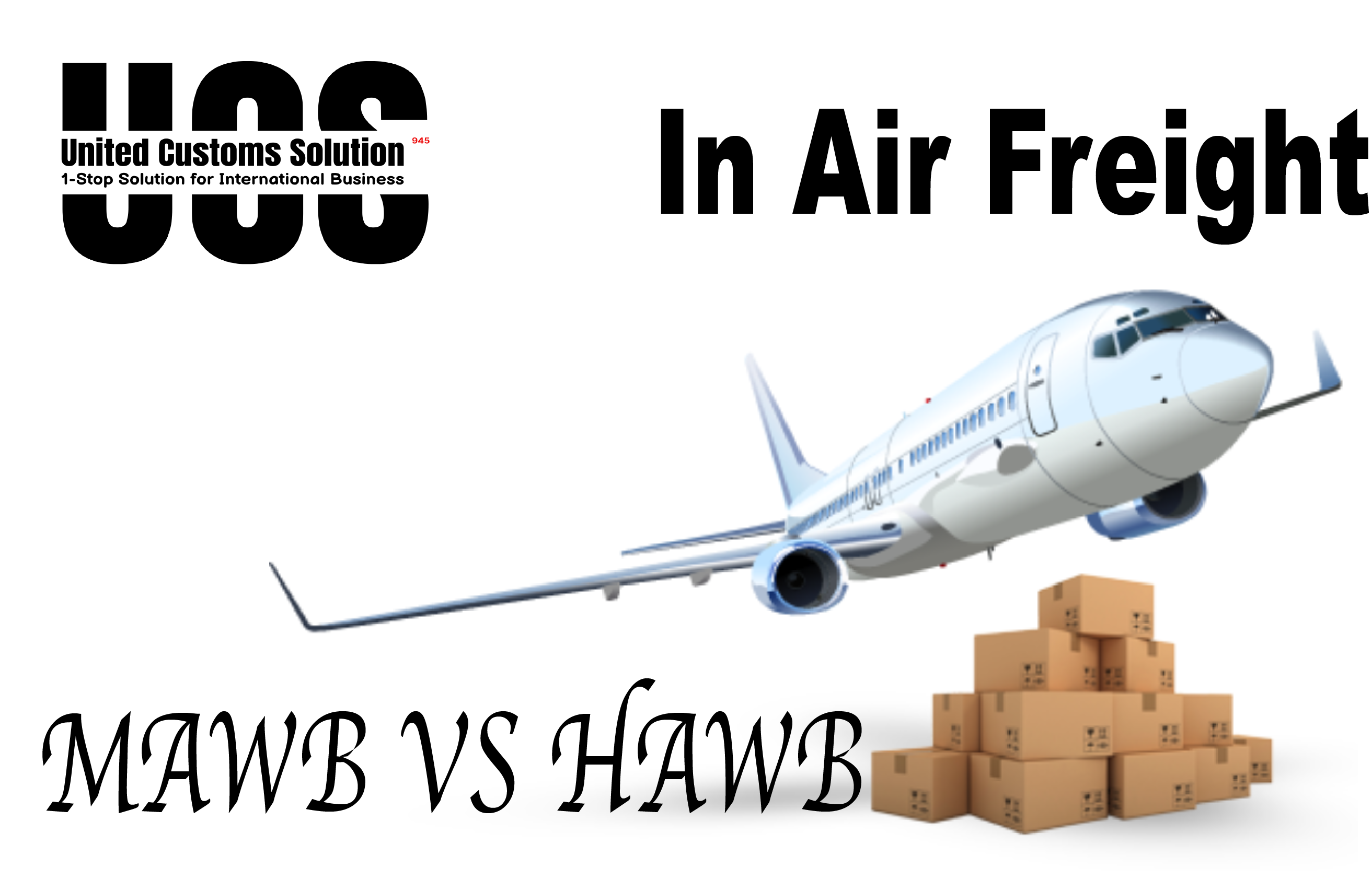Master Air Way Bill(MAWB) And House Air Way Bill(HAWB): Everything You Need To Know
Master Air Waybill (MAWB) and House Air Waybill (HAWB) are two important documents used in air freight transportation.
MAWB is a legal contract between the carrier and the shipper that outlines the terms and conditions of the transportation of goods. It is issued by the carrier and contains information such as the name and address of the shipper and consignee, the flight details, the description of the goods, the weight and dimensions, and the charges for transportation. The MAWB is used to consolidate several HAWBs into one shipment.
HAWB, on the other hand, is a document issued by the freight forwarder or consolidator that contains specific details about the shipment. It is used to identify the individual shipments within the consolidated shipment covered by the MAWB. The HAWB contains information such as the name and address of the consignee, the flight details, the description of the goods, the weight and dimensions, and the charges for transportation.
The MAWB is the primary document that governs the transportation of goods, while the HAWB is a supplementary document that provides specific details about individual shipments. The HAWB is also used for customs clearance and tracking of the shipment.
For example, if a company wants to ship 10 boxes of electronics from Guangzhou to Kathmandu, they would contact a freight forwarder who would issue a HAWB for each box. The freight forwarder would then consolidate the 10 HAWBs into one shipment and issue a MAWB that covers the transportation of the entire shipment. The MAWB would contain information such as flight details, the weight and dimensions of the shipment, and the charges for transportation. The HAWBs would contain specific details about each box, such as the name and address of the consignee, the description of the goods, and the charges for the transportation of each box.





